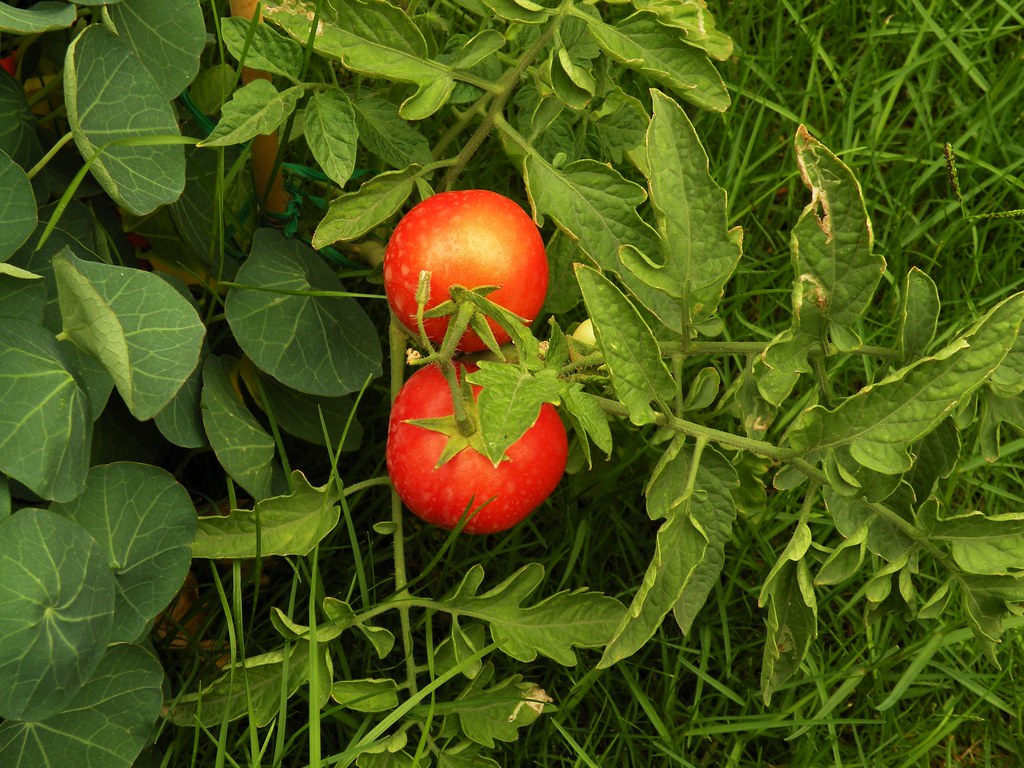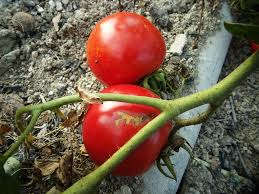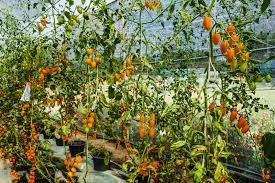Have you ever bitten into a store-bought tomato and felt disappointed by its bland taste? There’s nothing quite like the flavor of a homegrown tomato, warm from the sun and bursting with juicy goodness. If you’ve been dreaming of cultivating your own tomato paradise, you’re in the right place. This comprehensive guide will walk you through everything you need to know to grow delicious tomatoes right in your backyard or even on your balcony. Let’s dig in!
Why Grow Your Own Tomatoes?
Before we dive into the how-to, let’s talk about why growing your own tomatoes is worth the effort:

- Superior taste: Homegrown tomatoes are picked at peak ripeness, resulting in unparalleled flavor.
- Health benefits: Fresh tomatoes are packed with vitamins, minerals, and antioxidants.
- Cost-effective: A few plants can yield pounds of tomatoes, saving you money in the long run.
- Environmental impact: Reduce your carbon footprint by growing food at home.
- Satisfaction: There’s a unique joy in nurturing plants and enjoying the literal fruits of your labor.
Choosing the Right Tomato Varieties
The first step in your tomato-growing journey is selecting the right varieties. Here are some factors to consider:
- Determinate vs. Indeterminate:
- Determinate varieties grow to a fixed height and produce all their fruit at once. They’re great for small spaces and container gardening.
- Indeterminate varieties keep growing and producing fruit throughout the season. They’re ideal for larger gardens and those who want a continuous harvest.
- Climate considerations:
- If you live in a cooler climate, look for early-maturing varieties.
- For hot climates, heat-resistant varieties are your best bet.
- Disease resistance:
- Look for varieties labeled with letters like VFN, which indicate resistance to common tomato diseases.
- Flavor profile:
- Sweet, tangy, or balanced – choose based on your taste preferences.

Starting Your Tomato Plants
Now that you’ve chosen your varieties, it’s time to get growing! Here’s how to start your tomato plants:
- Timing: Start seeds indoors 6-8 weeks before your area’s last expected frost date. This gives your plants a head start and extends your growing season.
- Supplies needed:
- Seed starting trays or small pots
- High-quality seed starting mix
- Grow lights or a sunny windowsill
- Heating mat (optional, but helpful for germination)
- Planting process: a. Fill trays or pots with moistened seed starting mix. b. Plant seeds 1/4 inch deep, 2-3 seeds per cell or pot. c. Cover lightly with soil and mist gently. d. Place in a warm location (70-80°F is ideal) and keep soil moist. e. Once seedlings emerge, provide 14-16 hours of light daily. f. When seedlings have 2-3 sets of true leaves, thin to one plant per cell or pot.
- Hardening off: About a week before transplanting outdoors, start acclimating your seedlings to outdoor conditions. Gradually increase their exposure to sun, wind, and cooler temperatures over 7-10 days.
Preparing Your Garden
While your seedlings are growing, it’s time to prepare your garden:
- Choosing the right location: Tomatoes need at least 6-8 hours of direct sunlight daily. Choose a spot with good air circulation to prevent disease.
- Soil preparation:
- Test your soil pH – tomatoes prefer slightly acidic soil (6.0-6.8 pH).
- Amend your soil with compost or well-rotted manure to improve fertility and structure.
- Consider raised beds for better drainage in heavy clay soils.
- Spacing:
- For determinate varieties, space plants 2-3 feet apart.
- For indeterminate varieties, allow 3-4 feet between plants.
- Rows should be 4-5 feet apart.

Planting Your Tomatoes
Once the danger of frost has passed and soil temperatures reach 60°F, it’s time to transplant:
- Dig holes deep enough to bury 2/3 of the plant stem. This encourages stronger root development.
- Add a handful of bone meal or a slow-release fertilizer to each hole.
- Gently remove seedlings from their containers, being careful not to disturb the roots.
- Place the plant in the hole and fill with soil, firming gently around the stem.
- Water thoroughly to eliminate air pockets around the roots.
- Install support structures (cages, stakes, or trellises) at planting time to avoid root damage later.
Caring for Your Tomato Plants
Now comes the ongoing care to ensure healthy, productive plants:
Watering:
- Provide 1-2 inches of water per week, more during hot, dry periods.
- Water deeply and less frequently to encourage deep root growth.
- Use drip irrigation or soaker hoses to keep foliage dry and prevent disease.
Fertilizing:
- After plants set fruit, fertilize every 2-3 weeks with a balanced, tomato-specific fertilizer.
- Avoid high-nitrogen fertilizers, which promote leafy growth at the expense of fruit production.
- Mulching: Apply a 2-3 inch layer of organic mulch around plants to conserve moisture, suppress weeds, and regulate soil temperature.
Pruning and training:
- For indeterminate varieties, remove suckers (shoots growing between main stem and branches) to improve air circulation and direct energy to fruit production.
- Tie branches to supports as they grow.
Pest and disease management:
- Regularly inspect plants for signs of pests or diseases.
- Remove affected leaves or fruits promptly.
- Consider companion planting with basil, marigolds, or nasturtiums to deter pests naturally.
- Use organic pest control methods when necessary, such as neem oil or insecticidal soap.

Growing tomatoes can be a fulfilling hobby that rewards you with delicious, homegrown produce. While it requires some effort and attention, the taste of a sun-warmed tomato fresh from your garden makes it all worthwhile. Remember, gardening is a learning process – don’t be discouraged if everything isn’t perfect the first time. With practice and patience, you’ll soon be enjoying a bountiful tomato harvest from your own backyard.
Happy gardening!
